What is Web Companion Unwanted Application
Web Companion Unwanted Application refers to a program, classified as a potentially unwanted program (PUP), that’s advertised as a security tool for browsers. Developed by Adaware (also known as Lavasoft) Web Companion is advertised as a security extension that will supposedly block malicious sites, stop tracking, and work as an adblocker. While it may work as it promises, its installation methods are making anti-virus programs classify it as a PUP.
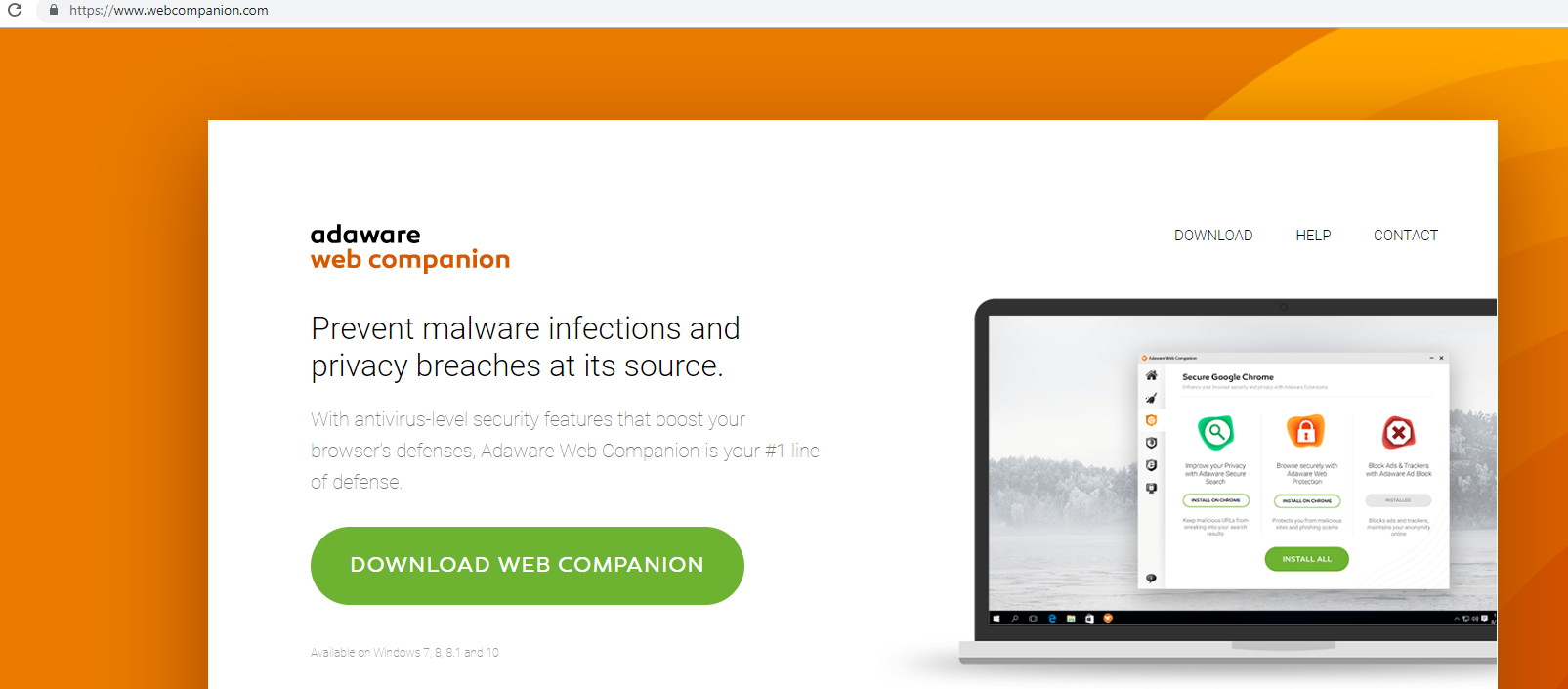
The program is using software bundling to install, which means users may not even notice it installing. Programs using software bundling to install are almost always classified as PUPs because it’s a sneaky installation method that doesn’t inform users about the installation. Essentially, infections like PUPs, adware and browser hijackers come attached to free software as additional offers, and if those offers are not deselected, they’ll install alongside. The issue with this method is that users are not informed about these offers. Any program that installs this way without you noticing should be removed immediately. Not only did it install without your permission, it’s also likely to be some kind of pest that will disrupt your normal computer use.
How to correctly install free programs
Free programs you download from those free program websites will always have something attached to them, whether it’s adware, a browser hijacker or potentially unwanted program (PUP). The offers will be attached in a way that allows them to install alongside without requiring any additional permissions from users. Technically, the offers are optional but users need to manually deselect them to prevent their installation. But because the offers are hidden, most users don’t even notice them. This is why this method is quite frowned upon, and programs that use it are classified as PUPs.
If you want to prevent these unwanted programs from installing, you need to learn how to correctly install freeware. Fortunately, this is very easy to do. All you need to do is opt for Advanced (Custom) settings when given the option during freeware installation. Those settings, unlike Default, will make all offers visible and you will be able to deselect all of them. All you need to do is deselect a few offers, and you can then continue installing the freeware.
Deselecting a few boxes takes a mere couple of seconds, compared to how long it would take you to uninstall adware and other similar infections. And even if the offers seem useful at first, do not allow any of them to install because they will be nothing more than junk that takes up space on your computer.
Are potentially unwanted programs dangerous?
The reason why potentially unwanted programs are called such is because users can choose whether to use them or not. They’re not harmful to the computer but for one reason or another, anti-virus programs don’t recommend keeping them. There could be all kinds of reasons for this, usually because they install via freeware bundles. But they generally do not cause any damage.
Web Companion is advertised as a security extension that will supposedly prevent you from entering potentially dangerous websites, block sites from tracking you, and block pop-ups. It may seem like a useful program to have on your computer but whether it actually works as its supposed to is debatable. Furthermore, if you have anti-virus software installed, it likely has all Web Companion features and you are sufficiently protected when browsing.
Whether or not Web Companion works as its supposed to does not change the fact that it installs essentially without needing your permission. A program that installs this way is not one you should keep.
Web Companion Unwanted Application removal
In order to fully remove Web Companion Unwanted Application from the computer, we strongly recommend using anti-virus software. This would be the easiest way because the program would take care of everything. However, since it’s not a complicated malware infection, you can also uninstall Web Companion Unwanted Application manually.
Offers
Download Removal Toolto scan for Web Companion Unwanted ApplicationUse our recommended removal tool to scan for Web Companion Unwanted Application. Trial version of provides detection of computer threats like Web Companion Unwanted Application and assists in its removal for FREE. You can delete detected registry entries, files and processes yourself or purchase a full version.
More information about SpyWarrior and Uninstall Instructions. Please review SpyWarrior EULA and Privacy Policy. SpyWarrior scanner is free. If it detects a malware, purchase its full version to remove it.

WiperSoft Review Details WiperSoft (www.wipersoft.com) is a security tool that provides real-time security from potential threats. Nowadays, many users tend to download free software from the Intern ...
Download|more


Is MacKeeper a virus? MacKeeper is not a virus, nor is it a scam. While there are various opinions about the program on the Internet, a lot of the people who so notoriously hate the program have neve ...
Download|more


While the creators of MalwareBytes anti-malware have not been in this business for long time, they make up for it with their enthusiastic approach. Statistic from such websites like CNET shows that th ...
Download|more
Quick Menu
Step 1. Uninstall Web Companion Unwanted Application and related programs.
Remove Web Companion Unwanted Application from Windows 8
Right-click in the lower left corner of the screen. Once Quick Access Menu shows up, select Control Panel choose Programs and Features and select to Uninstall a software.
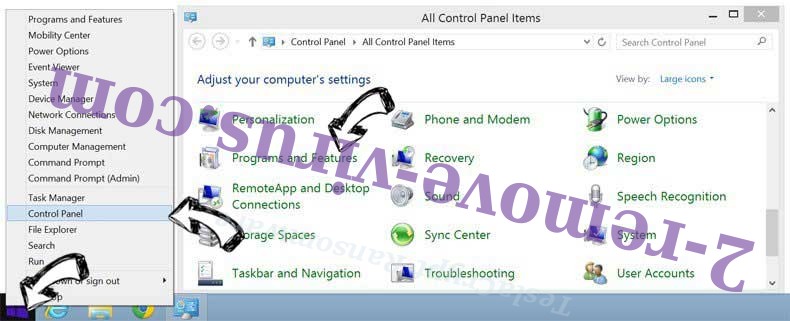

Uninstall Web Companion Unwanted Application from Windows 7
Click Start → Control Panel → Programs and Features → Uninstall a program.
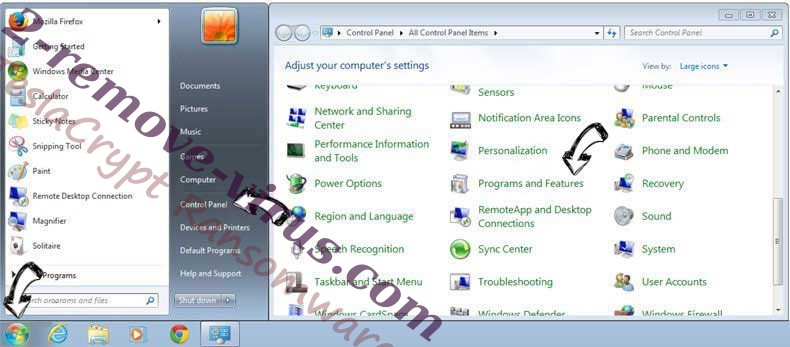

Delete Web Companion Unwanted Application from Windows XP
Click Start → Settings → Control Panel. Locate and click → Add or Remove Programs.
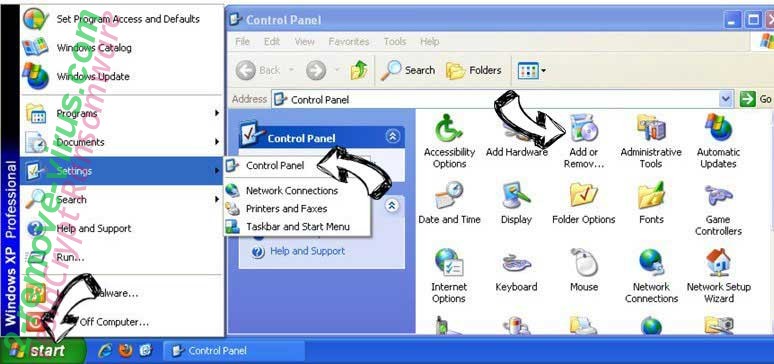

Remove Web Companion Unwanted Application from Mac OS X
Click Go button at the top left of the screen and select Applications. Select applications folder and look for Web Companion Unwanted Application or any other suspicious software. Now right click on every of such entries and select Move to Trash, then right click the Trash icon and select Empty Trash.


Step 2. Delete Web Companion Unwanted Application from your browsers
Terminate the unwanted extensions from Internet Explorer
- Tap the Gear icon and go to Manage Add-ons.

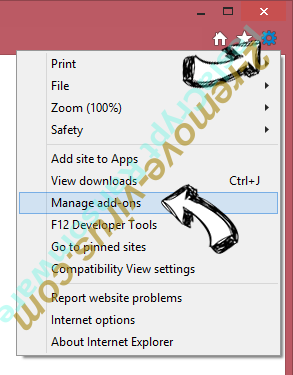
- Pick Toolbars and Extensions and eliminate all suspicious entries (other than Microsoft, Yahoo, Google, Oracle or Adobe)

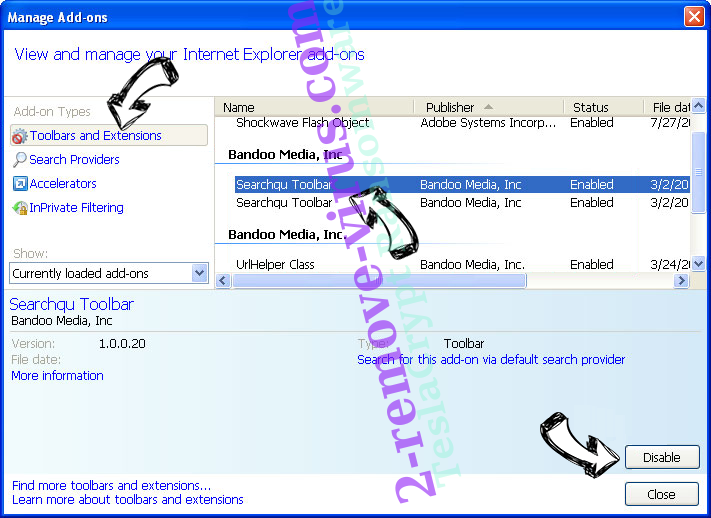
- Leave the window.
Change Internet Explorer homepage if it was changed by virus:
- Tap the gear icon (menu) on the top right corner of your browser and click Internet Options.

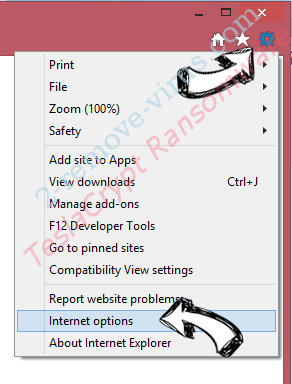
- In General Tab remove malicious URL and enter preferable domain name. Press Apply to save changes.

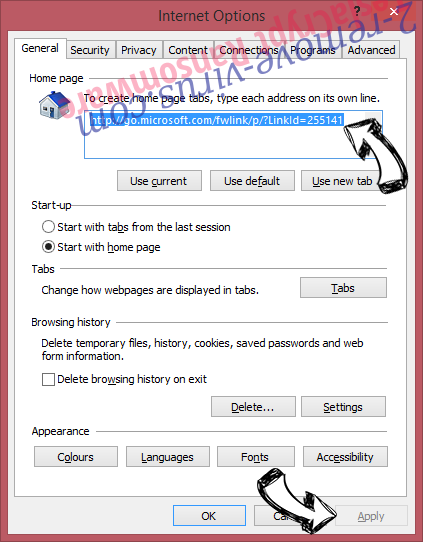
Reset your browser
- Click the Gear icon and move to Internet Options.

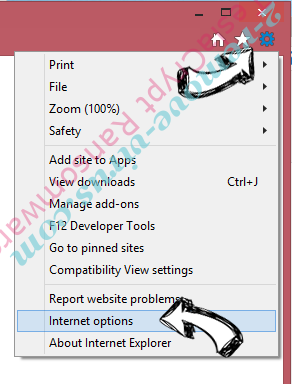
- Open the Advanced tab and press Reset.

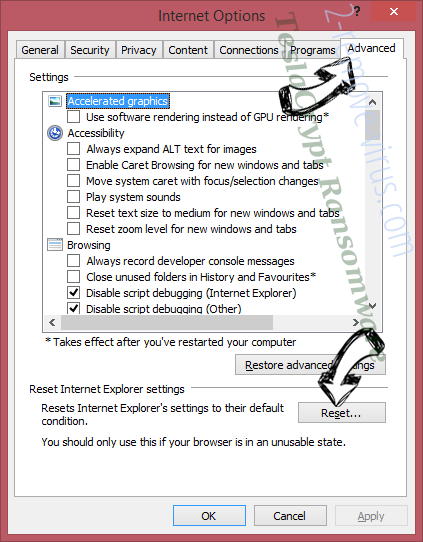
- Choose Delete personal settings and pick Reset one more time.

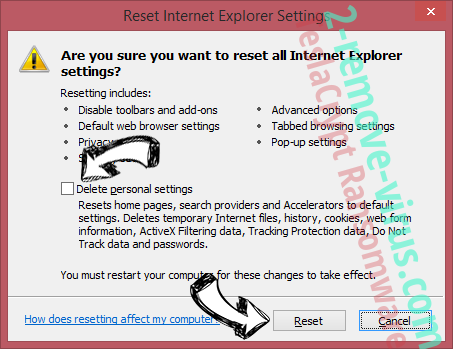
- Tap Close and leave your browser.

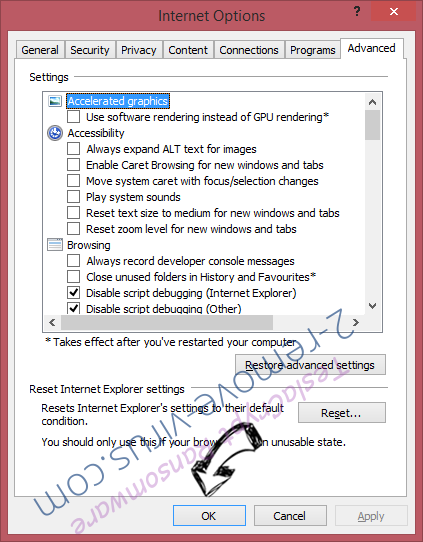
- If you were unable to reset your browsers, employ a reputable anti-malware and scan your entire computer with it.
Erase Web Companion Unwanted Application from Google Chrome
- Access menu (top right corner of the window) and pick Settings.

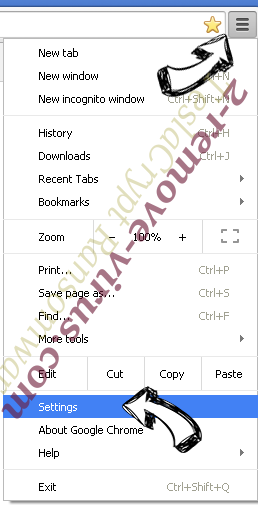
- Choose Extensions.

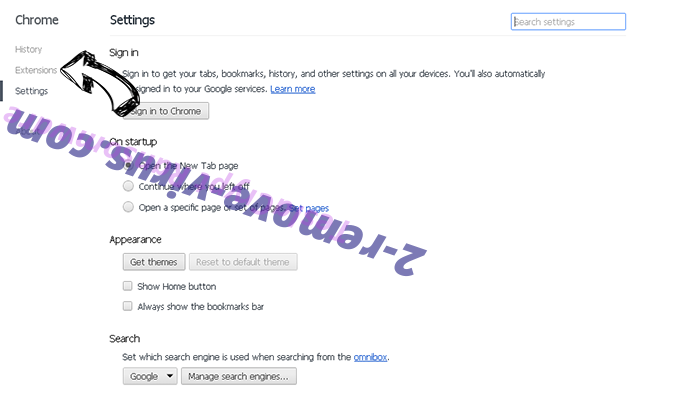
- Eliminate the suspicious extensions from the list by clicking the Trash bin next to them.

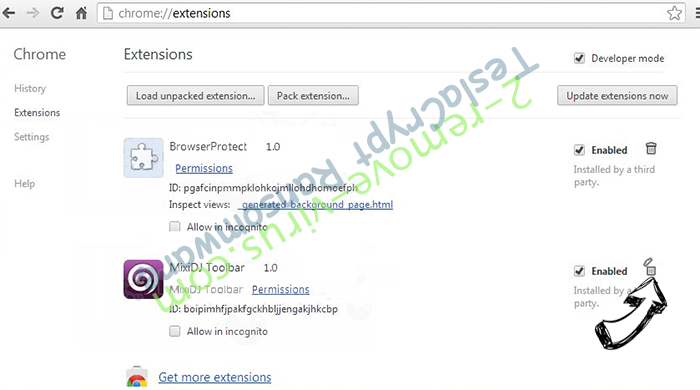
- If you are unsure which extensions to remove, you can disable them temporarily.

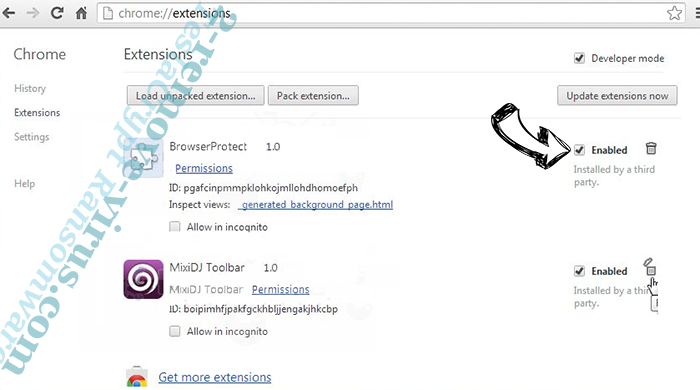
Reset Google Chrome homepage and default search engine if it was hijacker by virus
- Press on menu icon and click Settings.

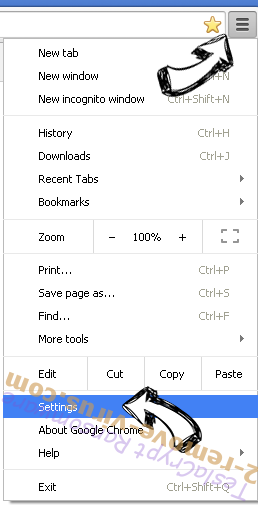
- Look for the “Open a specific page” or “Set Pages” under “On start up” option and click on Set pages.

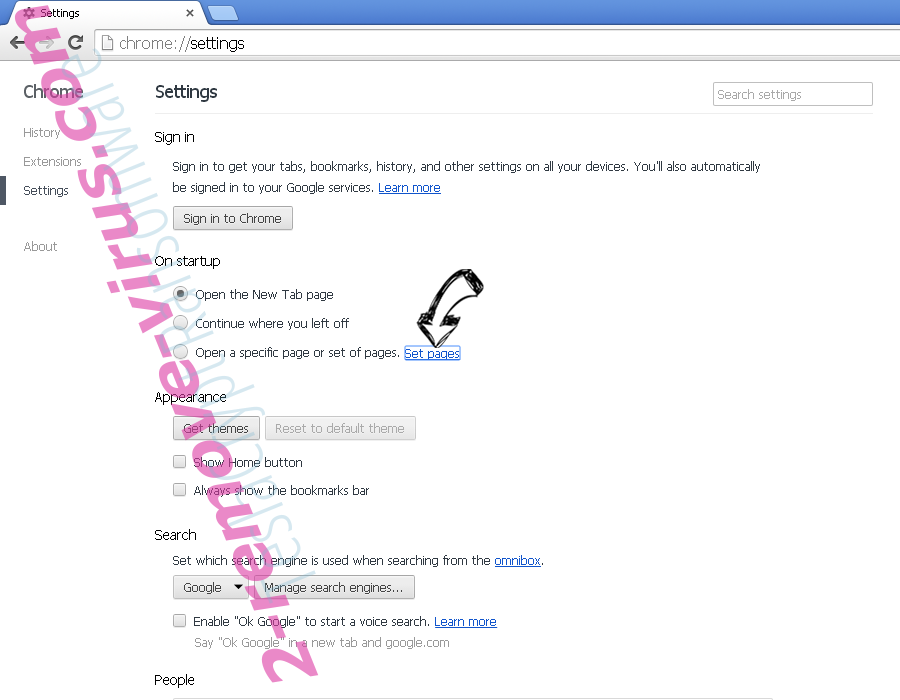
- In another window remove malicious search sites and enter the one that you want to use as your homepage.

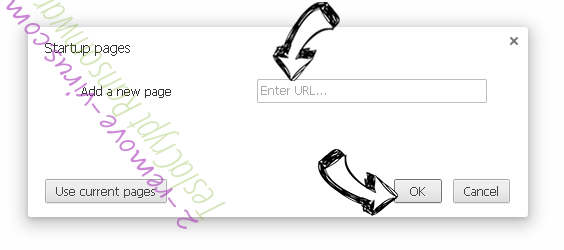
- Under the Search section choose Manage Search engines. When in Search Engines..., remove malicious search websites. You should leave only Google or your preferred search name.

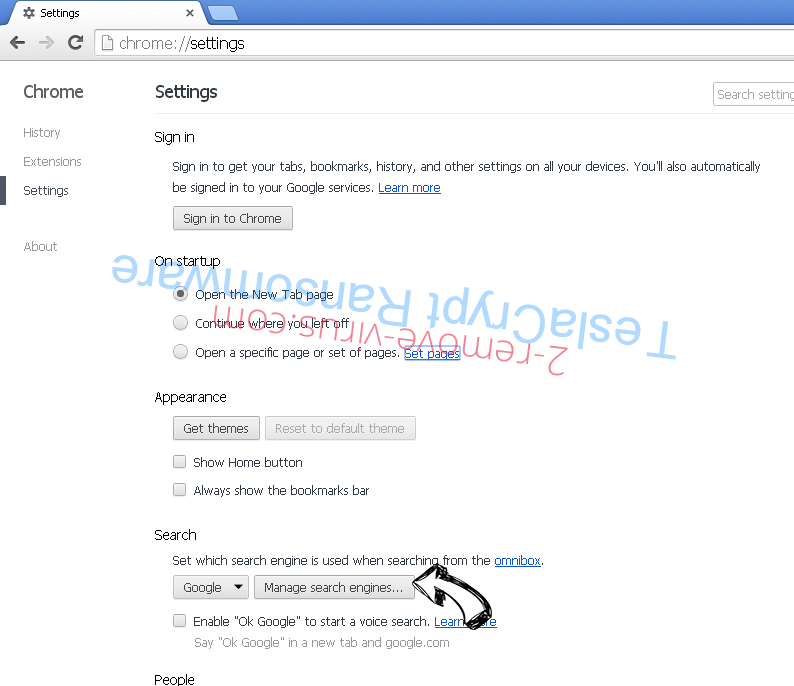

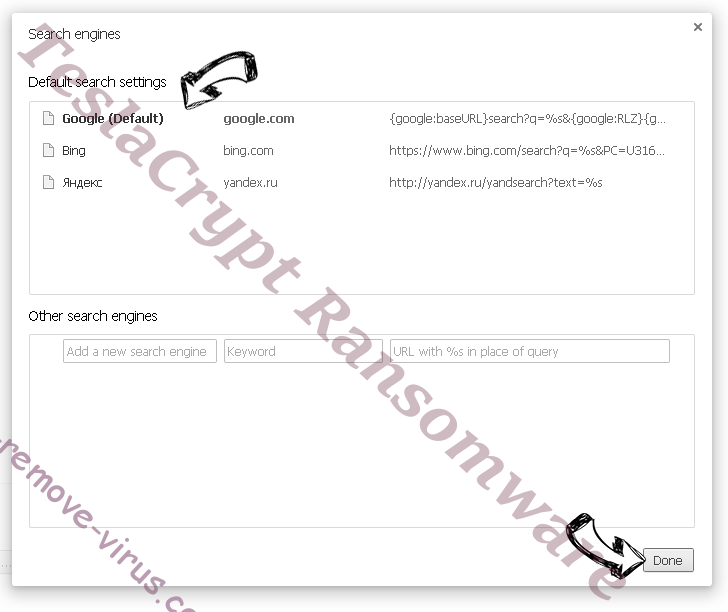
Reset your browser
- If the browser still does not work the way you prefer, you can reset its settings.
- Open menu and navigate to Settings.

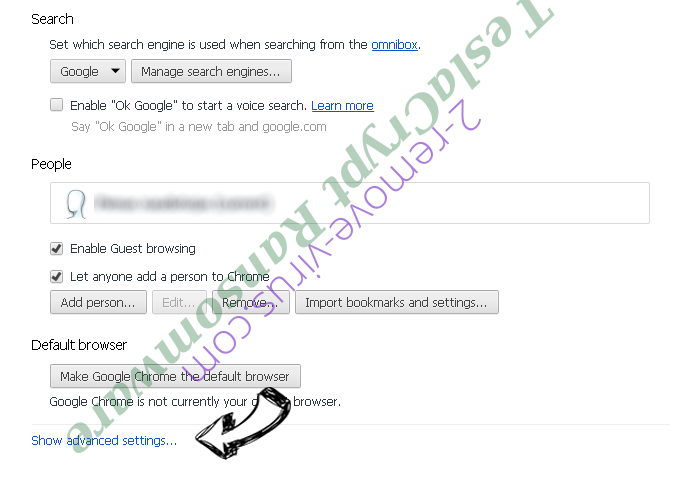
- Press Reset button at the end of the page.

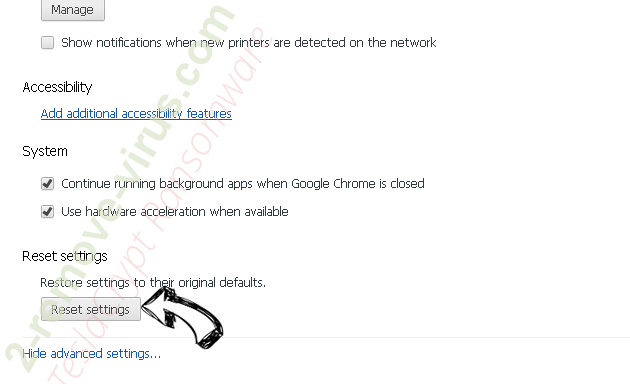
- Tap Reset button one more time in the confirmation box.

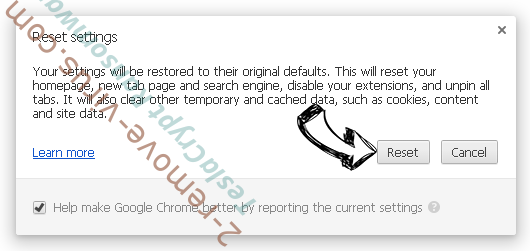
- If you cannot reset the settings, purchase a legitimate anti-malware and scan your PC.
Remove Web Companion Unwanted Application from Mozilla Firefox
- In the top right corner of the screen, press menu and choose Add-ons (or tap Ctrl+Shift+A simultaneously).

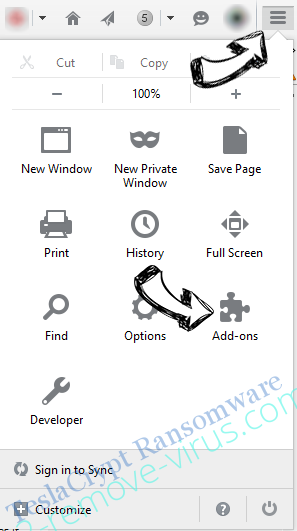
- Move to Extensions and Add-ons list and uninstall all suspicious and unknown entries.

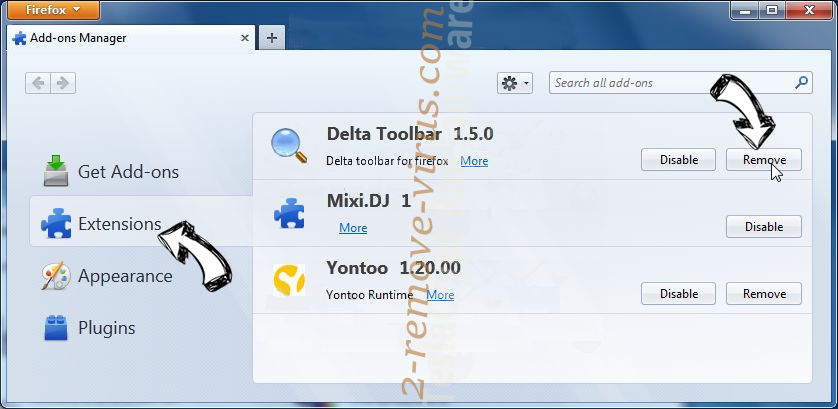
Change Mozilla Firefox homepage if it was changed by virus:
- Tap on the menu (top right corner), choose Options.

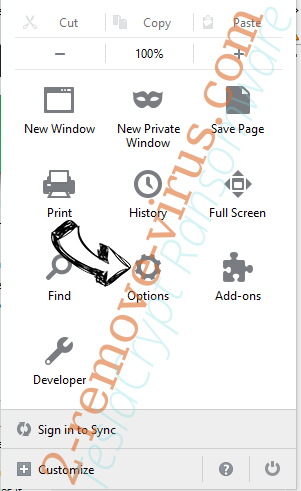
- On General tab delete malicious URL and enter preferable website or click Restore to default.

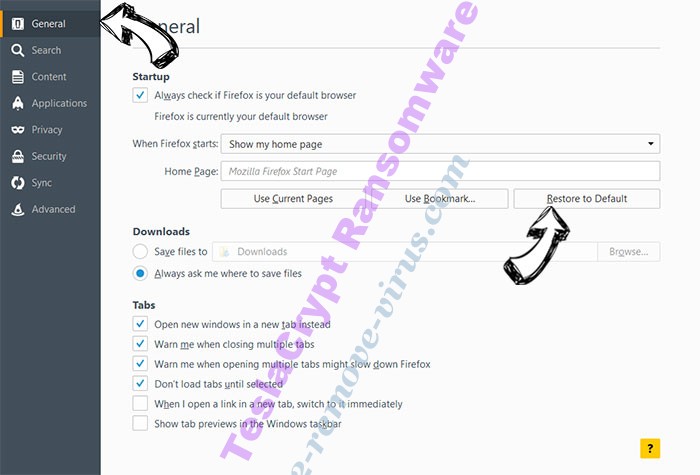
- Press OK to save these changes.
Reset your browser
- Open the menu and tap Help button.

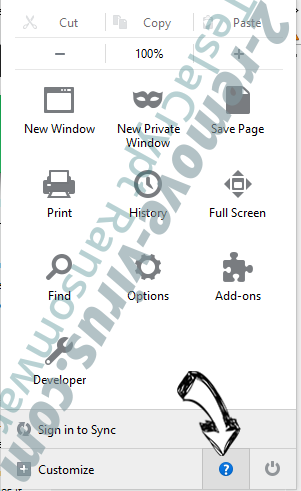
- Select Troubleshooting Information.


- Press Refresh Firefox.


- In the confirmation box, click Refresh Firefox once more.


- If you are unable to reset Mozilla Firefox, scan your entire computer with a trustworthy anti-malware.
Uninstall Web Companion Unwanted Application from Safari (Mac OS X)
- Access the menu.
- Pick Preferences.

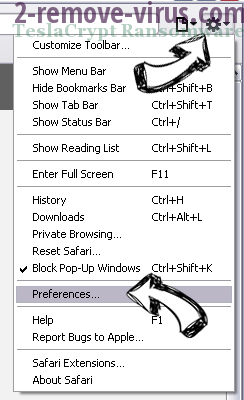
- Go to the Extensions Tab.

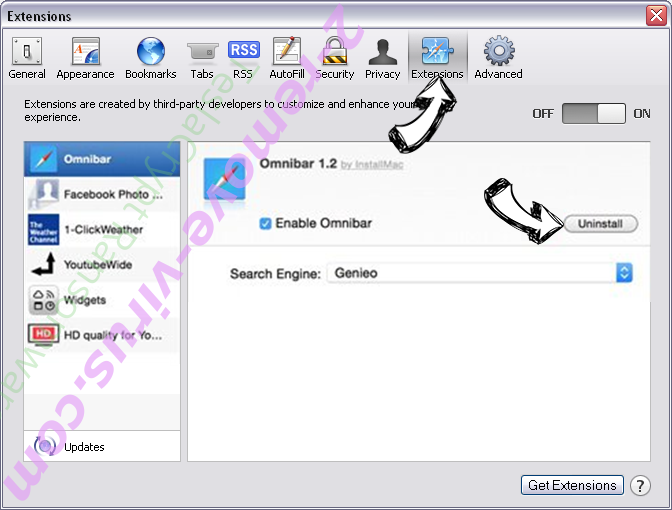
- Tap the Uninstall button next to the undesirable Web Companion Unwanted Application and get rid of all the other unknown entries as well. If you are unsure whether the extension is reliable or not, simply uncheck the Enable box in order to disable it temporarily.
- Restart Safari.
Reset your browser
- Tap the menu icon and choose Reset Safari.

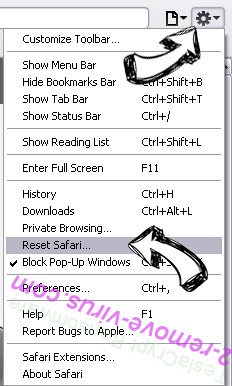
- Pick the options which you want to reset (often all of them are preselected) and press Reset.

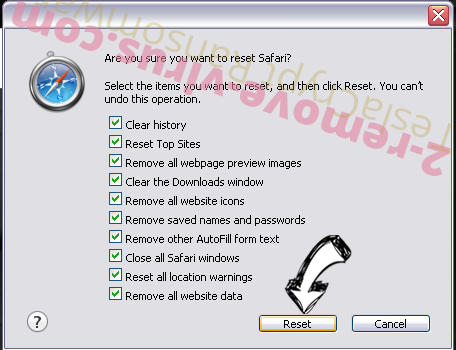
- If you cannot reset the browser, scan your whole PC with an authentic malware removal software.
Site Disclaimer
2-remove-virus.com is not sponsored, owned, affiliated, or linked to malware developers or distributors that are referenced in this article. The article does not promote or endorse any type of malware. We aim at providing useful information that will help computer users to detect and eliminate the unwanted malicious programs from their computers. This can be done manually by following the instructions presented in the article or automatically by implementing the suggested anti-malware tools.
The article is only meant to be used for educational purposes. If you follow the instructions given in the article, you agree to be contracted by the disclaimer. We do not guarantee that the artcile will present you with a solution that removes the malign threats completely. Malware changes constantly, which is why, in some cases, it may be difficult to clean the computer fully by using only the manual removal instructions.
